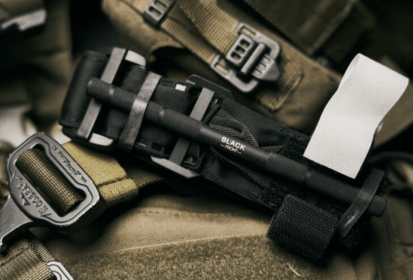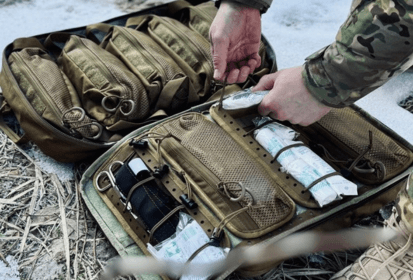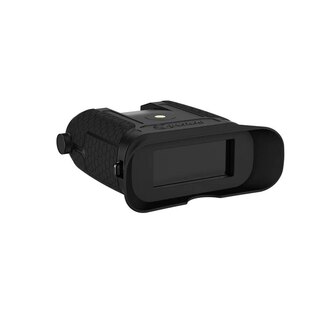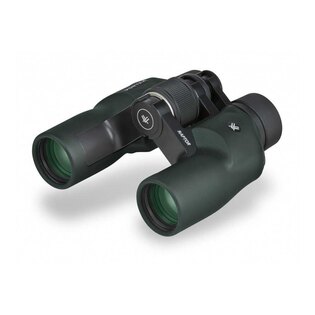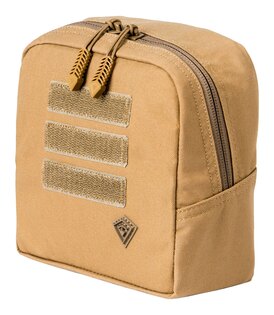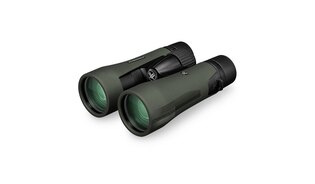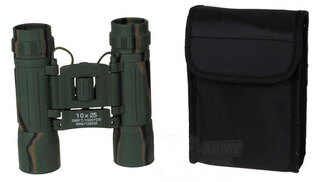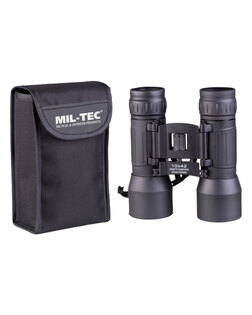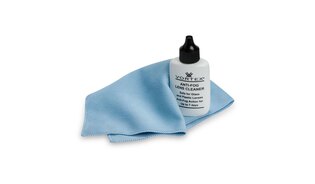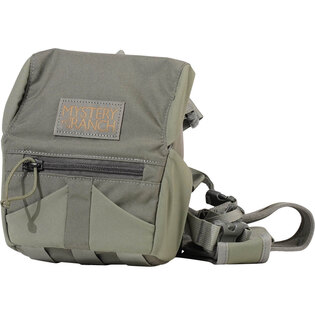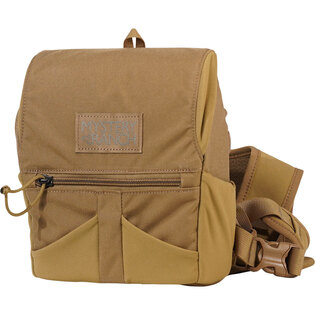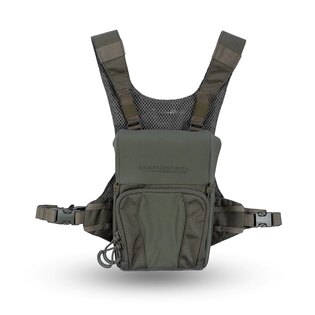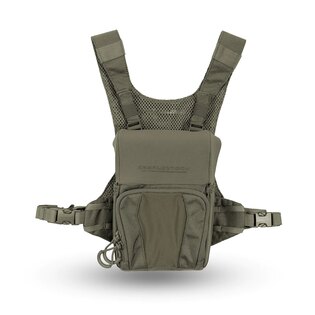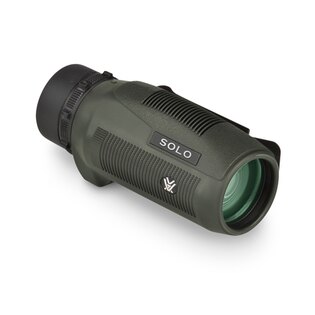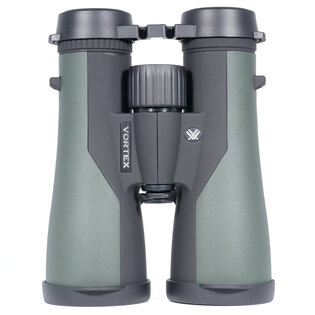Guide to Choosing Hiking and Pocket Binoculars
Whether you’re heading out on a mountain trek, spotting wildlife from a hide, or just want quick orientation in unfamiliar terrain, quality binoculars are essential gear. The right model lets you capture details invisible to the naked eye – from silhouettes on the horizon to subtle movement at dusk. In this article, we’ll explain how to choose hiking and outdoor binoculars, which features to focus on, and present proven Rigad models that deliver even in the toughest conditions.
Seasonal Tip
Autumn is just around the corner – a season when nature slows down and offers excellent conditions for observation. That’s the perfect time to use binoculars that let you bring wildlife, landscape details, or distant horizons closer.

Lightweight hiking binoculars ready for field use – ideal for expeditions with a map and compass.
Key Features of Hiking and Pocket Binoculars
Among the most popular subcategories are hiking binoculars and compact pocket binoculars. Both are ideal for nature trips, trekking, and travel-ready use. Thanks to their compact size, they can also serve hunters as a complement to a riflescope during preparation or navigation in the field.
So, what key features should a reliable hiking or outdoor binocular have?
🟢 Moderate Magnification
Every binocular is marked with two numbers (e.g., 8×40). The first indicates magnification. Higher magnifications (12× and above) bring distant objects closer but also narrow the field of view and make the image shakier without a tripod. They’re best suited for demanding or professional use.
For hiking, an 8× to 10× magnification is optimal. This range offers enough detail for landscapes and wildlife while remaining stable and comfortable for extended handheld viewing.
🟢 Objective Lens Diameter
The second number shows the diameter of the front lenses in millimeters – in our example, 40 mm. This determines how much light the lenses capture.
- 20–25 mm → ultralight pocket binoculars, perfect for daytime hikes
- 30–42 mm → the ideal balance of brightness and weight, suited for outdoor/nature use
- 50 mm+ → high light-gathering capacity for twilight or night, favored by astronomers or hunters
🟢 Exit Pupil Size
The exit pupil is calculated by dividing lens diameter by magnification (e.g., 40 ÷ 8 = 5 mm). The larger the number, the brighter the image. Around 5 mm ensures comfortable viewing even in low-light conditions like dawn or dusk.
For twilight use, look for a combination of larger lenses and lower magnification.
🟢 Relative Brightness
Relative brightness indicates how bright the image appears, calculated as the exit pupil squared. While helpful as a guideline, overall image quality also depends on lens glass and coatings. That’s why it’s smarter to trust reputable manufacturers than numbers alone.
🟢 Diopter Adjustment
A binocular with diopter adjustment lets you fine-tune focus for each eye independently. This is essential for users whose left and right eyes have different vision strengths.
🟢 Field of View
The field of view tells you how wide an area you can see through the binoculars, usually expressed in meters at 1,000 m (or degrees). A wider field makes it easier to track moving subjects such as birds or wildlife across landscapes.

Outdoor binoculars in a natural environment – reliable optics for hiking and field observation.
Binoculars vs. Monoculars
When choosing binoculars, you’ll come across two main types: binoculars (two eyepieces) and monoculars (one eyepiece). Each has its strengths and trade-offs.
Binoculars deliver greater comfort with the same optical specs. Using both eyes provides natural depth perception, a more stable image, and less strain during extended observation. Ideal for hiking, nature watching, hunting, and even sports. Their downsides? Usually higher price and bulkier build.
Monoculars are ultra-compact and lightweight. Perfect for quick, occasional use – like bringing a distant landmark closer while traveling light. They don’t offer the same stability or 3D view as binoculars, but their portability makes them an excellent backup or travel-ready outdoor optic.
Binocular vs. Monocular
| Feature | Binocular (two eyes) | Monocular (one eye) |
|---|---|---|
| Size & Weight | Larger, heavier | Very compact, lightweight |
| Price | Higher (for comparable quality) | Lower |
| Image | 3D, immersive, more stable | Flat, feels less stable |
| Comfort | Comfortable even for long observation | Eye strain during prolonged use |
| Field of View | Wider, more natural perception | Narrower, more limited |
| Handheld Stability | Better (using both eyes) | Weaker, shakes more easily |
| Typical Use | Hiking, birdwatching, hunting, astronomy, sports | Light travel, quick use, backup optic |
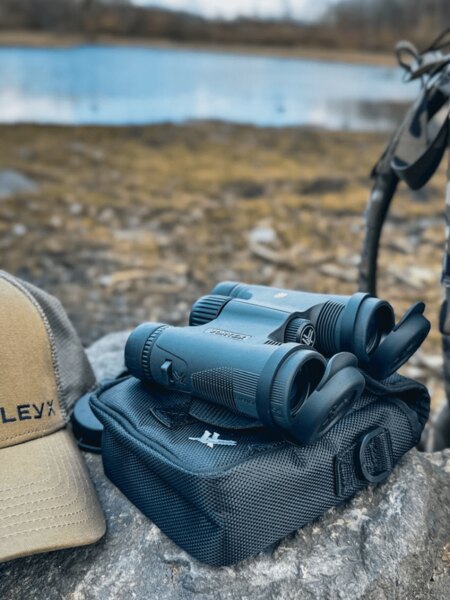
Compact pocket binoculars by the water – a practical choice for lightweight travel and hiking trips.
Hiking vs. Pocket Binoculars
Hiking and pocket binoculars share many features but differ in important ways. Hiking models are typically larger, brighter, and provide a wider field of view – ideal for extended observation of landscapes, wildlife, or sports events. Pocket binoculars, on the other hand, excel in extreme portability and low weight, making them perfect for light travel, short trips, or as a backup optic.
We’ve already explained the main optical parameters above. Now let’s summarize their practical differences and highlight the key factors to help you choose between a hiking binocular and a pocket model.
Hiking vs. Pocket Binoculars
Hiking Binoculars
Typically larger, with higher brightness and a wider field of view. Ideal for extended observation of landscapes, wildlife, or sports events. They provide a stable image and comfort even during long sessions.
Pocket Binoculars
Stand out with extreme compactness and low weight. Perfect for lightweight travel, short trips, or as a backup outdoor optic. Designed for quick use and less demanding conditions.
Recommended Hiking and Pocket Binoculars from Rigad
Vortex® Vanquish Binoculars / 8×26
A compact pocket binocular with a sharp image and wide field of view. Lightweight for easy one-handed use, nitrogen-purged to prevent fogging. An ideal choice for hiking and lightweight travel.
- Magnification: 8×
- Objective lens diameter: 26 mm
- Lightweight and portable – fits in a pocket or backpack
- Fog-resistant (nitrogen-purged)
Vortex® Diamondback HD Binoculars / 8×42
A high-performance hiking binocular, also suitable for hunters. The HD optics with roof prisms and dielectric coatings deliver a bright, high-contrast image even in low-light conditions. Durable, waterproof construction with non-slip Rubber Armor.
- Magnification: 8×
- Objective lens diameter: 42 mm
- HD optics, fully multi-coated, dielectric prism coatings
- Waterproof, shock-resistant, argon-purged
Mil-Tec® GEN.II Binoculars / 10×25
An affordable pocket binocular with a foldable design. A practical choice for casual users, travel, or as a backup option. Lightweight and compact for easy carrying.
- Magnification: 10×
- Objective lens diameter: 25 mm
- Foldable, ultra-compact design
- Suitable as a backup travel binocular
Vortex® Solo Monocular / 10×36
A premium monocular designed for quick use in the field. Compact enough to fit in a pocket, yet delivering sharp images even in poor weather. Rubber-armored body is shock-resistant, with an extendable eyecup compatible with glasses.
- Magnification: 10×
- Objective lens diameter: 36 mm
- Durable, non-slip rubber-armored housing
- Ideal for hiking and hunting – quick situational awareness
Conclusion: How to Choose the Best Hiking or Pocket Binoculars?
As we’ve seen, choosing the right hiking or pocket binocular isn’t complicated. It ultimately comes down to your priorities in size and weight – alongside the optical features that matter most to you. Whether you go with one of the models listed above or another option from Rigad’s range, you’ll be making a solid choice.
Readers are further interested
